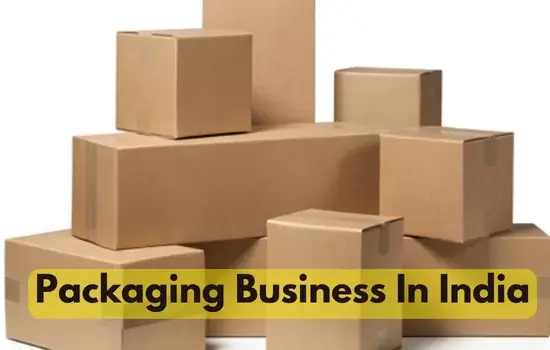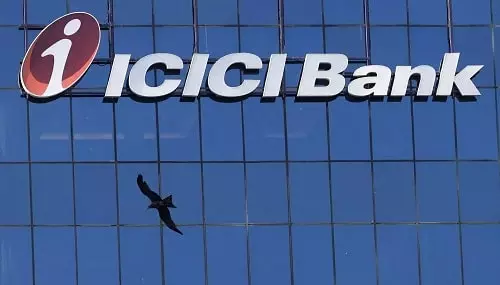If you are planning to start a packaging business and are looking for tips on how to start it, then you must read this article. It’s essential to understand the diverse needs of different industries. Conduct thorough market research to identify the specific demands and preferences. Additionally, focus on using sustainable practices, as there’s an increasing awareness and preference for eco-friendly packaging. Ensure compliance with regulations to operate smoothly within the Indian business environment. Meeting these aspects can contribute to the success and sustainability of your packaging venture.
The packaging market is growing steadily, making $500 billion yearly worldwide. By 2024, the digital printing packaging market is expected to reach $28 billion. These figures show lots of business opportunities. If you’re thinking about joining in, this guide is for you. Further in this article, let’s see how to start a packaging business In India.
Starting A Packaging Business In India
- Market Research and Niche Identification: Begin your packaging business journey by researching the market thoroughly. Look for good opportunities in food, pharmaceuticals, and consumer goods. Make your services fit the unique needs of these industries to attract and keep customers.
- Business Planning and Financial Projections: Take the time to write a detailed business plan that covers your goals, identifies your target customers, analyzes your competition, and predicts how much money you expect to make. This plan is not just a guide for running your business; it’s also a useful tool if you ever need to secure funding. It provides a clear roadmap for your business journey and helps potential investors understand your vision and potential for success.
- Legal Compliance and Regulatory Adherence: Navigate the regulatory landscape by registering your packaging business and obtaining essential licenses, including Goods and Services Tax (GST) registration. Comply with environmental regulations to ensure responsible practices.
- Location Selection and Infrastructure Setup: Strategically choose a location for your packaging unit, considering proximity to industries, transportation facilities, and access to skilled labor. Establish a well-equipped facility with modern machinery for efficient production.
- Supplier Collaborations and Cost Management: Forge partnerships with reliable suppliers for raw materials, negotiating favorable terms to maintain cost-effectiveness while ensuring product quality.
- Technology Integration and Innovation: Make sure your packaging business stays updated with the newest technology to improve how you pack things. Keep an eye on what’s popular in the industry and try out new ideas to meet the changing needs of your customers. This way, your business can stay competitive and offer better solutions.
- Quality Control Implementation: Implement stringent quality control measures to ensure adherence to industry standards. Building trust with clients through quality assurance is paramount for establishing a strong market reputation.
- Marketing Strategies and Brand Development: Create a robust brand identity for your packaging business. Develop a professional website, use social media, and use digital marketing to reach potential clients. Actively participate in industry events to network with potential customers.
- Customer-Centric Approach: Build strong customer relationships by providing excellent service. Tailor packaging solutions to meet specific client needs, fostering repeat business and valuable referrals.
- Sustainability Initiatives: Respond to the growing emphasis on sustainability by incorporating eco-friendly practices. Explore recyclable materials and adopt environmentally conscious manufacturing practices to align with evolving consumer and business preferences.
- Financial Management and Reinvestment: Maintain a robust financial management system, tracking expenses, revenue, and profits. Consider reinvesting in the business for expansion and continuous improvement.
- Networking and Industry Participation: Join industry associations and networks to stay abreast of trends, regulations, and potential collaborations. Networking offers opportunities for valuable partnerships and insights.
Launch and Promote your packaging business.
Pre-launch Marketing:
- Set up a ‘Coming Soon’ page on your website.
- Build your email list for future outreach.
- Generate excitement on social media.
Post-launch:
- Optimize your store for better search engine visibility (SEO).
- Connect with influencers in your industry.
- Start a blog to share insights and engage your audience.
- Create YouTube videos to showcase your packaging solutions.
Conclusion
Successfully establishing a packaging business in India requires meticulous planning, regulatory adherence, technological investment, and a customer-centric ethos. Prioritizing quality, innovation, and sustainability positions your venture for success in the dynamic Indian market.















